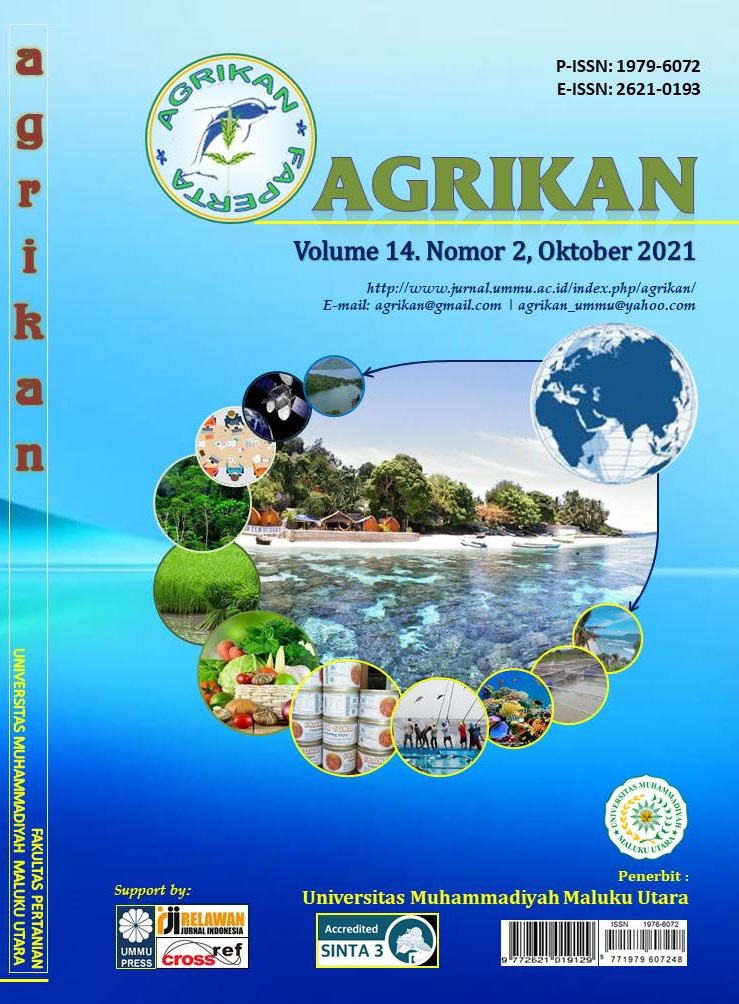Premise Evaluation Ecological, Socio-Economic And Cultural Agroforestry Systems Against In Ikanfoti Hutan Produksi Terbatas Area, Kupang District of Nusa Tenggara Timur (NTT) Province
DOI:
https://doi.org/10.52046/agrikan.v14i2.912Keywords:
Premis Ekologis, Sosial Ekonomi dan Budaya, Agroforestry dan Hutan Produksi TerbatasAbstract
In early 1982 the Nusa Cendana University team in collaboration with the Ford Foundation and ntt provincial forestry department developed a critical land greening model in the Foti Fish area, Niuk Baun Village, West Amarasi Subdistrict, Kupang Regency. This location is actually part of the Sisimeni Sanam Permanent Forest Area (RTK 185) and is located within the limited production forest area and protected forest. On top of the unstable and easily eroded Bobonaro clay formation developed lamtoro varitas Cuningham plant (K-28) (Mella, 2011) as a method of soil and water conservation (KTA) for the control of erosion and land degradation. In the midst of the development of agroforestry areas in Foti Fish for almost 40 years, amid the dynamics of changes in the shape of agroforestry patterns and changes in vegetation succession that occur, an interesting question to answer is whether the existence of agroforestry areas built in Foti Fish still meets the basic premise of an agroforestry system.
Downloads
Published
Issue
Section
License
Copyright (c) 2021 Ludji Michael Riwu Kaho, Wilhelmina Seran

This work is licensed under a Creative Commons Attribution 4.0 International License.

This work is licensed under a Creative Commons Attribution 4.0 International License.













